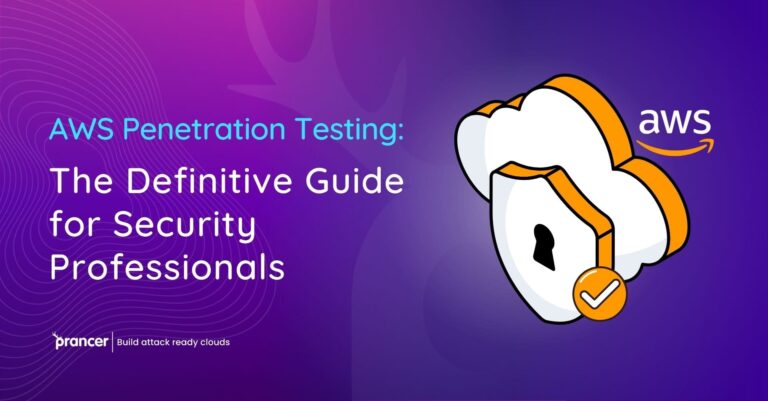

In today’s digital landscape, creating robust cloud plans is essential for safeguarding applications and protecting sensitive data. This article provides insights into the importance of security planning while emphasizing the role of automated security solutions. Discover how Prancer’s advanced solutions can help you enhance your cloud security and fortify your application.
The Importance of Plans: Cloud security outline strategies, policies, and procedures to protect cloud-based applications and data from security threats. These plans ensure that comprehensive measures are in place to address risks, vulnerabilities, and compliance requirements. Developing effective cloud plans is crucial for maintaining the integrity and availability of your applications.
The Power of Automated Security: Automated security solutions play a crucial role in streamlining and strengthening cloud security planning. By leveraging intelligent algorithms, continuous monitoring, and real-time threat intelligence, these tools can identify vulnerabilities, assess risks, and mitigate security threats. Prancer, a leading provider of automated security solutions, offers comprehensive features to enhance cloud planning and protect applications.
In addition to the automated security solutions highlighted above, Prancer offers features such as secure code storage, access controls, and real-time threat intelligence to further enhance cloud security planning. With Prancer’s comprehensive suite of automated security solutions, organizations can strengthen their cloud security, protect sensitive data, and fortify their application security.
Strengthen Your Application Security with Prancer’s Automated Solutions and Effective Cloud Security Planning
Creating effective cloud security plans is vital for protecting applications and data in the cloud. By leveraging Prancer’s advanced automated security solutions, organizations can enhance their risk assessments, develop comprehensive security policies, and facilitate incident response and recovery planning. Secure your cloud environment, safeguard your applications, and fortify your overall application security with Prancer’s comprehensive suite of automated security solutions.
